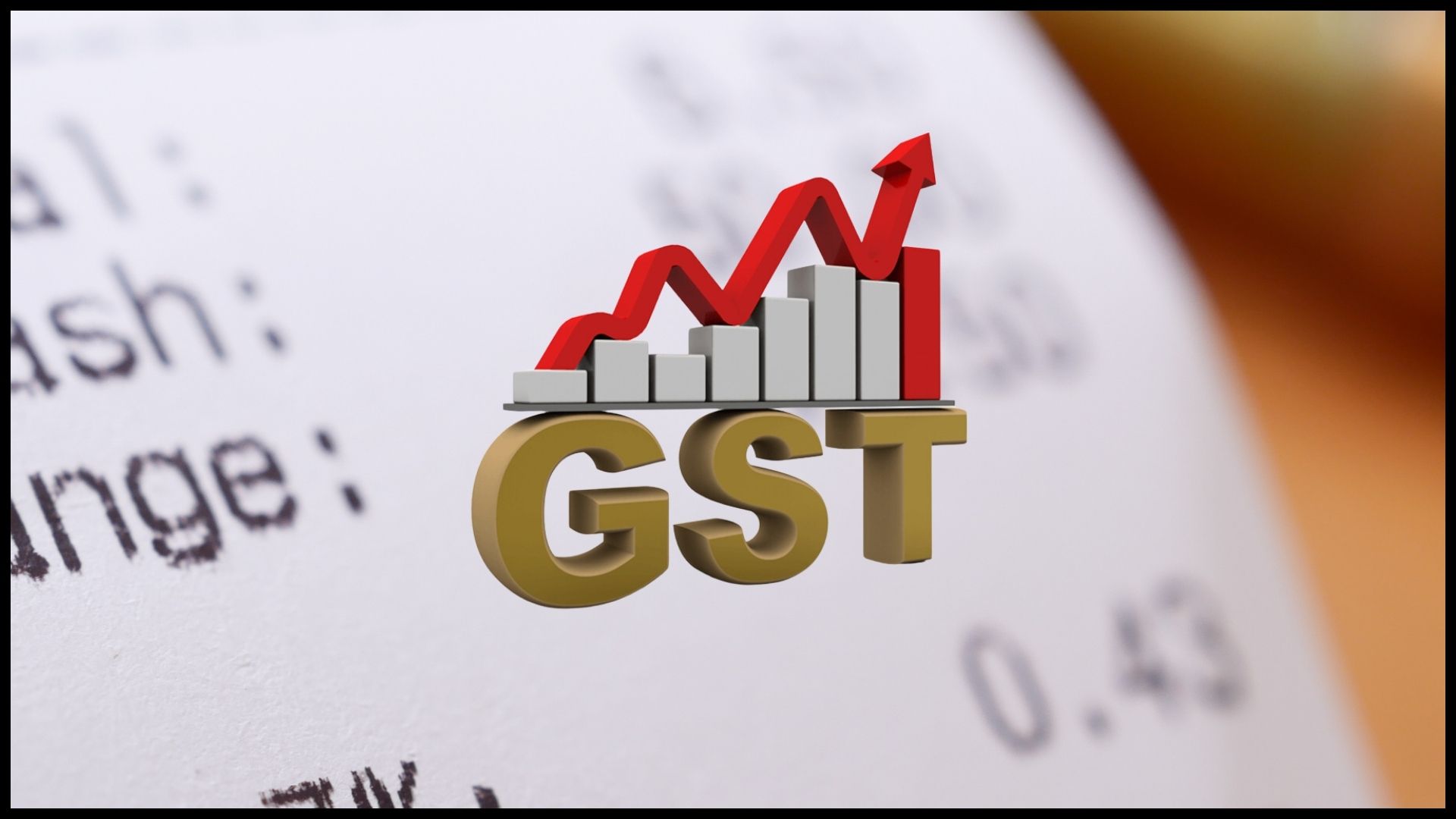
14 Feb Analysis of GSTN’s Electronic Credit Reversal & Reclaimed Statement

The Goods and Services Tax (GST) has brought significant changes to tax systems worldwide, including in India, aiming to streamline tax collection and increase transparency. At the heart of the GST framework lies the GST Network (GSTN), a technological infrastructure essential for administering GST. This article explores the importance of Electronic Credit Reversal and Reclaimed Statements, which are vital concepts shaping how businesses manage and utilize Input Tax Credits (ITC).
Understanding Electronic Credit Reversal: Fundamentals
Electronic Credit Reversal is a key component of the GST framework, addressing specific situations where previously claimed ITC needs to be reversed. Understanding Electronic Credit Reversal involves grasping its implications and triggers:
- Non-utilization of goods and services: One primary reason for Electronic Credit Reversal occurs when goods or services, for which ITC was claimed, are not utilized for business purposes. This necessitates the reversal of credited amounts to ensure that tax benefits correspond with actual economic contributions.
- Default in payment: Another significant trigger for Electronic Credit Reversal is defaulting on payments. If a taxpayer fails to settle payments to suppliers within 180 days of the transaction, the ITC claimed for that transaction becomes subject to reversal, encouraging timely payments and financial health.
- Implications for entities: Entities must evaluate the business use of goods and services before claiming ITC to avoid subsequent reversals.
- Compliance and rectification: Understanding Electronic Credit Reversal goes beyond mere compliance; it provides entities with an opportunity for rectification. Businesses can rectify instances where goods or services initially claimed as non-usable are later utilized for business purposes by filing a reclaimed statement.
Reclaimed Statement: Correcting Errors and Reclaiming ITC
The Reclaimed Statement serves as a crucial mechanism for businesses to rectify and reclaim ITC that was initially reversed. Here are two scenarios for filing a reclaimed statement:
- Settlement of payment default: If a taxpayer settles outstanding payments to suppliers within 180 days, the initially reversed ITC due to payment default can be reclaimed through the Reclaimed Statement.
- Rectification of non-utilization: Businesses can file a Reclaimed Statement when goods or services initially claimed as non-usable are later utilized for business purposes, ensuring rightful tax credits. The filing process for a Reclaimed Statement involves:
- Verification of documents to reclaim ITC.
- Accessing the GSTN Portal.
- Submitting rectified information such as payment settlements and corrected usage.
- Real-time updates and tracking.
Role of GSTN: Enabling Seamless Compliance
GSTN plays a crucial role in facilitating seamless compliance within the GST ecosystem, ensuring transparency and efficiency:
- Settlement of payment default: If a taxpayer settles outstanding payments to suppliers within 180 days, the initially reversed ITC due to payment default can be reclaimed through the Reclaimed Statement.
- Statement filing and management: GSTN enables the filing and management of Electronic ITC Reversal and Reclaimed Statements.
- Integration with other systems: It integrates with other taxation and financial systems to facilitate seamless data flow between businesses.
- User support: GSTN offers a helpdesk to address taxpayer concerns and queries.
- Data security: GSTN ensures a secure framework for handling sensitive taxpayer data, prioritizing data security for confidentiality and integrity.
- Educational resources: It offers educational resources like tutorials to aid businesses in navigating the GST structure.
In conclusion, comprehending GSTN’s Electronic ITC Reversal and Reclaimed Statement is crucial for businesses to comply with the GST framework effectively. By leveraging GSTN’s technological mechanisms, businesses not only meet legal requirements but also optimize their ITC utilization. This comprehensive understanding fosters a more transparent and efficient taxation system, positioning businesses to thrive amidst evolving GST laws.


No Comments